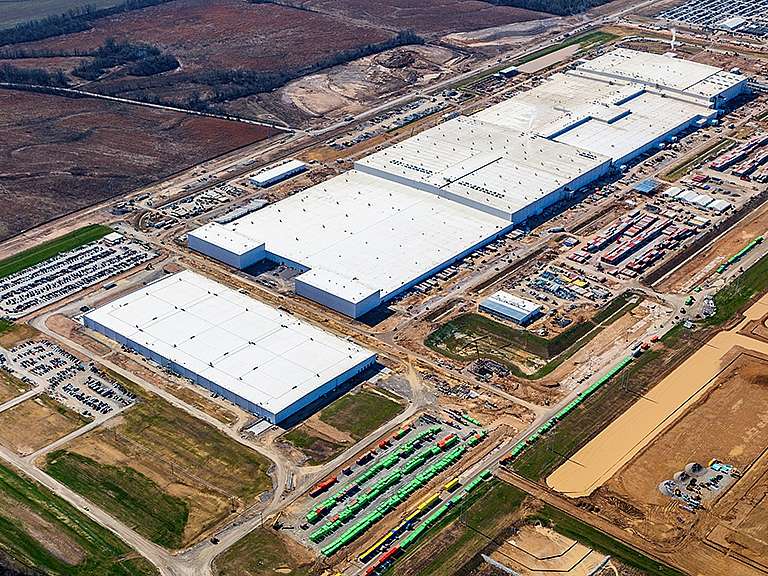Journal of Cleaner Production: Developing New Metrics to Evaluate the Performance of Capacity Planning towards Sustainable Construction
A research paper co-authored by Samir Emdanat, Ghafari’s Director of Management Services, and faculty from the American University of Beirut’s Department of Civil and Environmental Engineering was recently published in the Journal of Cleaner Production. Titled “Developing New Metrics to Evaluate the Performance of Capacity Planning towards Sustainable Construction”, the paper discusses the lean-inspired principle of capacity planning as a vital process within construction planning that aims at matching capacity (available resources) with demand (forecasted workload) to achieve planning reliability and prevent unnecessary resource waste.
Construction is considered a high waste-generating industry, and existing practices don’t emphasize capacity planning or provide clear measurement frameworks for assessing its impacts on workflow and waste generation. This research paper highlight the importance of capacity planning by developing new metrics that help provide a holistic understanding and visualization of capacity planning performance and provide feedback for future capacity planning adjustments. The developed metrics were then empirically applied on two well managed projects in the United States. The resulting trends reveal a mismatch problem between load and capacity resulting in wasted resources due to poor allocation strategies that negatively impacted project performance. Moreover, the findings emphasize the need for dynamic evaluation and control of capacity planning performance within project teams.
This research contributes novel metrics aimed towards comprehending the underlying mechanisms that shape capacity planning and aims at guiding project teams to achieve more sustainable production flows through quantitative evaluations and adjustments.









